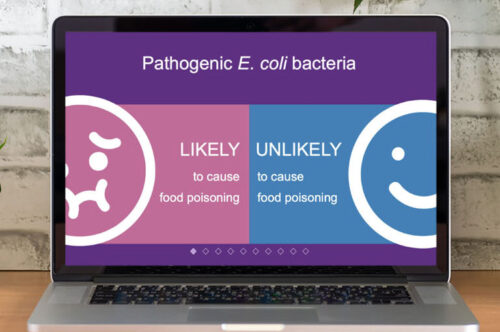How to write effective SOPs: a step-by-step guide
Writing Standard Operating Procedures (SOPs) might seem daunting, but it doesn’t have to be. This guide will help you create SOPs that are clear, useful and put to good use.
Step 1: Define your purpose and audience
Start by asking yourself why this procedure needs documenting, who will use it and what will they use it for? An SOP for safety compliance looks different from a training resource. Similarly, a procedure for customer-facing staff might needs to include customer communication guidelines, whilst one for warehouse operations might focus more on efficiency and safety.
Step 2: Choose the right format
Different procedures call for different formats. Here are the most common types:
Simple step format: Perfect for straightforward, linear tasks
- Answer the phone within three rings
- Greet the caller with the company greeting
- Ask how you can help
- Direct the call appropriately
Hierarchical format: Ideal for procedures with multiple decision points
- Assess the customer’s issue:
- If technical, transfer to IT support
- If billing, transfer to accounts
- If general enquiry, handle directly
Flowchart format: Best for complex procedures with many branches
- Start → Decision point → Action A or Action B → End
Checklist format: Great for ensuring nothing gets missed
- [ ] Check oil levels
- [ ] Inspect tyre pressure
- [ ] Test brake lights
- [ ] Document any issues
Step 3: Gather information
Before writing, understand the procedure thoroughly:
- Watch experienced employees perform the task
- Interview people who do it regularly
- Review existing documentation
- Note common problems and workarounds
Step 4: Write the first draft with visual elements
Writing tips
- Use clear titles that explain what the procedure covers
- Write in simple, direct language (“use the blue spray” not “utilise the designated solution”)
- Be specific (“enter the invoice number in the top field” not “process the invoice”)
- Include helpful details like time estimates and safety warnings
Visual elements to include
- Screenshots for digital processes
- Photos showing correct technique
- Diagrams for workflows
- Short videos for complex procedures
Step 5: Test and refine
Find someone unfamiliar with the procedure and ask them to follow your SOP. Watch for confusion points, gather feedback and revise accordingly. Common improvements include breaking complex steps down further and simplifying technical language.
Step 6: Format for success
Create a consistent template including:
- Title and document number
- Revision date
- Purpose and scope
- Required materials
- Step-by-step instructions
Make it scannable with clear headings, numbered steps and plenty of white space. Consider how users will access it (printed, digital, mobile) and format accordingly.
Step 7: Implement and maintain
Launch effectively
- Provide proper training, or eLearning
- Store SOPs where users can easily find them
- Create quick reference cards for common tasks
Keep them current
- Schedule regular or annual reviews
- Track usage and effectiveness
- Update when processes change
- Welcome user feedback
How to write effective SOPs, common pitfalls to avoid
- Information overload: Include all necessary detail, but don’t overwhelm
- Assumed knowledge: Don’t skip steps that new users need
- Poor organisation: Ensure a logical flow throughout
- Set and forget: Regular reviews prevent dangerous inaccuracies
The eLearning advantage
Supporting your SOPs with interactive eLearning modules can dramatically improve effectiveness by adding multimedia content and quizzes, tracking completion, enabling instant updates and offering video demonstrations on any device.
Remember, the best SOP is one that gets used. Focus on clarity, practicality and accessibility, and your procedures will become valuable tools that help your organisation run smoothly.








